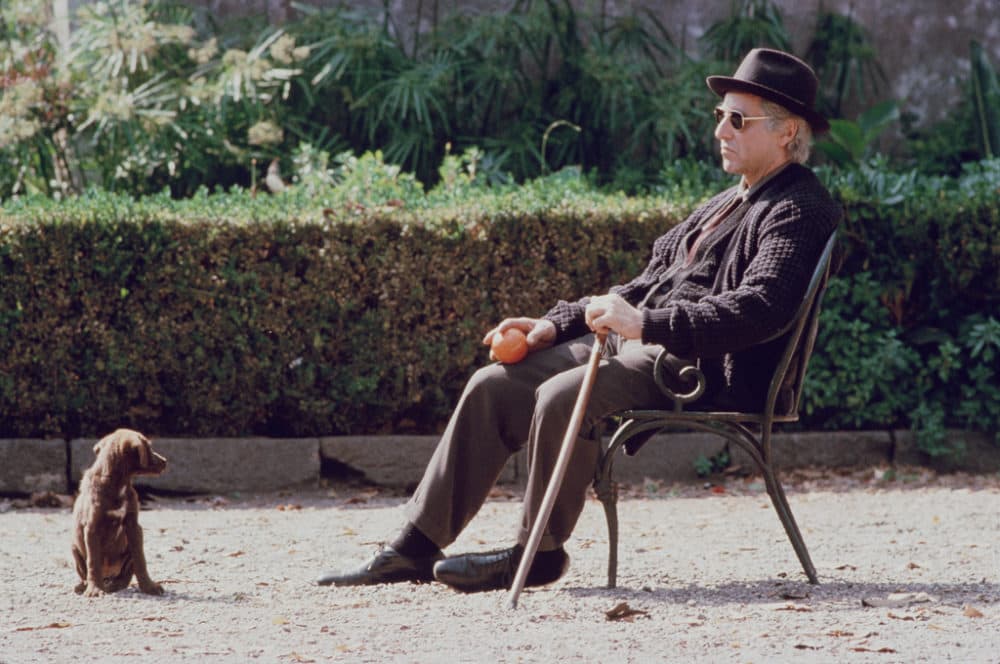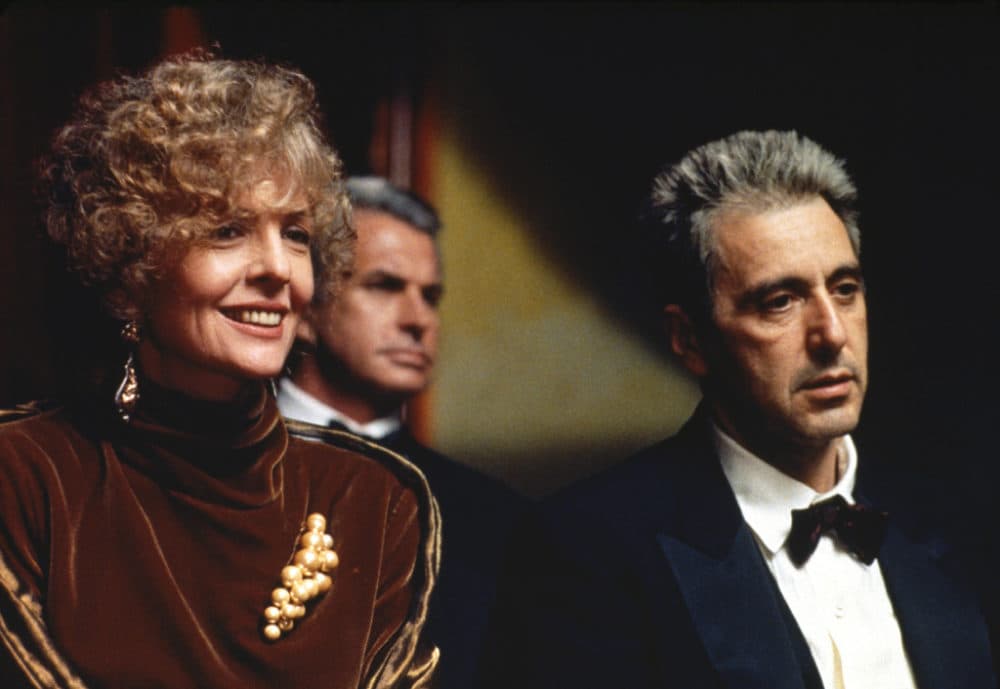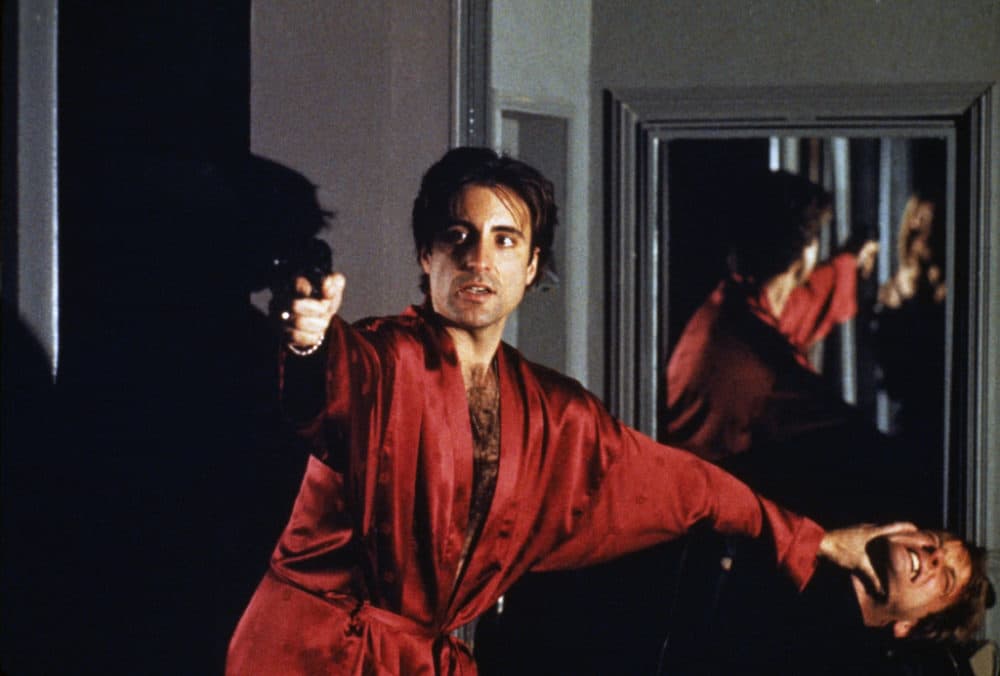One of the most anticipated films of all time, Francis Ford Coppola’s “The Godfather Part III” arrived 30 Christmases ago like a lump of coal in the stockings of disappointed audiences. Millions of holiday dinners across America suffered a mass exodus of dads, uncles and boy cousins rushing through our meals to catch an early evening show, and I distinctly remember how afterward none of us really wanted to admit we hadn’t liked it very much. The film received, for the most part, respectful reviews and seven Oscar nominations that seemed more out of habit than actual enthusiasm. But the sour word of mouth quickly turned toxic — with the press particularly savaging Sofia Coppola’s stilted performance as doomed daughter Mary Corleone — and over the years the film has become something of a punchline, a go-to shorthand reference for sequels that never should have been made.
Always a tinkerer, the 81-year-old Coppola last year released “Apocalypse Now: Final Cut,” which splits the difference between the phantasmagoric perfection of the 1979 original and his bloated, unnecessarily talky 2001 “Apocalypse Now Redux,” as well as “The Cotton Club: Encore,” which fleshed out and clarified important aspects of his notorious 1984 bomb. But the director’s most effective rescue attempt yet is “The Godfather, Coda: The Death of Michael Corleone,” a revelatory revision of his saga’s final chapter that feels like a far more focused and purposeful film, even if there are some things that can’t be fixed in an editing room.
This isn’t the first time he’s futzed with the footage. The home video release of “The Godfather Part III” added eight minutes of exposition to the theatrical cut’s 162-minute running time, but still couldn’t quite make comprehensible the movie’s mess of labyrinthine plot twists involving the Vatican Bank, the Immobiliare real estate conglomerate and a crazy conspiracy theory about the mysterious death of Pope John Paul I. (I think part of the reason the film was so poorly received was because we all wanted to see some gangsters and instead got a bunch of crooked accountants and sinister priests.) After a reported 363 picture edits, “The Godfather, Coda” has been slimmed down to 158 minutes, with the most important alteration coming right up top.

“Don Corleone, I need your help,” are now the first words we hear. The film opens with an entreaty from Donal Donnelly’s duplicitous archbishop that sets up the entire scheme, a scene that originally didn’t arrive until 39 minutes in. More than just effectively mirroring the first picture’s iconic opening, this exchange now provides a spine for everything that follows, especially the crowded half-hour or so of character reintroductions that left viewers feeling adrift at sea, wondering where this was all supposed to be going. In retrospect, this probably sounds like common sense, but it really is amazing what a difference it makes when you put the scene that starts the story at the beginning of the movie.
The new title better calibrates our expectations for a mournful, elegiac film in which an elderly Michael Corleone tries to buy his way into heaven but, as Roger Ebert pointed out, “God does not take payoffs.” It’s quite an adjustment seeing this ruthless sociopath who ordered the murder of his brother now a glad-handing politician and philanthropist. (This is the first time I can recall Michael cracking jokes.) But it’s some of Pacino’s most underrated work. The actor was only 50 yet the character convincingly older, with a potbelly, stooped waddle and those exhausted, hangdog eyes. The performance gets a bad rap — I think largely because of Steve Van Zandt’s hilarious impersonation of it on “The Sopranos” — but the scene in which Michael goes to confession is as powerful as any in the trilogy, and his silent scream at the death of his daughter is one of the most shattering moments in the actor's career.
Most of the new edits are a matter of pruning, coming into scenes later and getting out of them earlier to provide a momentum the movie lacked in its original incarnation. (He’s also gotten rid of all the parts where people tell us what they’re going to do before they do it, which again sounds like common sense but you’d be surprised.) But some of the film’s flaws are fundamental and not so easily repaired. It was a rushed production, with the insane Christmas deadline leaving Coppola and Mario Puzo only six weeks to write the script. As late as March of 1990, they hadn’t settled on an ending until the director — still grieving the death of his son Gian-Carlo in a boating accident four years earlier — realized what Michael’s ultimate punishment had to be.

There’s still a Robert Duvall-sized hole in the movie, which had to be hastily rewritten when Paramount stupidly refused to meet the actor’s asking price. His character’s duties appear to have been divided amongst George Hamilton as the Corleone family’s personality-free new attorney and the bizarre promotion of Michael’s sister Connie (cartoonishly overplayed by Talia Shire) to consigliere status. The screenplay has an annoying habit of introducing characters and then forgetting about them, like Bridget Fonda’s frisky journalist or John Savage as Tom Hagen’s straight-arrow son. Every time I watch it I also wish that Joe Mantegna’s deliciously oily John Gotti stand-in had been allowed to stick around a little longer.
But of course, the biggest controversy that’s always dogged “The Godfather Part III” is Coppola’s casting of his own daughter as a last-minute replacement when Winona Ryder dropped out mid-production, after arriving in Italy with Johnny Depp and a case of “nervous exhaustion.” Then an art student with no real interest in an acting career, the 19-year-old Sofia Coppola is not very good at all in the movie, yet hardly deserving of the gleeful cruelty unleashed upon her in the press. (A full month after the film’s release, the ogres at Entertainment Weekly put her on the cover with a headline asking “Is She Terrific, or, So Terrible She Wrecked Her Dad’s New Epic?”) The director himself has noted the irony of his daughter bearing the brunt of the film’s bad reputation after playing a character who dies taking a bullet meant for her father.
The younger Coppola’s flat, untrained line readings remain awkward even in the judiciously trimmed scenes of “The Godfather, Coda,” but I maintain her performance is not nearly so fatal as its more obnoxious detractors would have you believe. If living well is the best revenge then I suppose so is growing up to become one of the finest filmmakers of your generation, yet it’s still shocking to look back and see the unseemly joy that mostly older, male critics took in tearing down a teenage girl. (And I mean, if you’re going to blame a bad performance in the film on the filmmaker’s nepotism, his sister Talia Shire is right there.)

Maybe adjusted expectations are the key to appreciating “The Godfather, Coda.” Released three months after the rock ‘n’ roll stylistics of “Goodfellas” changed the way we look at gangster movies, this self-consciously Shakespearean tragedy felt like an old man’s film, with its gaudy, over-the-top bursts of violence clumsily tacked on to a character study more somber in spirit. Yet to watch it today is to marvel at the levels of craft, camera blocking and thematic visualization that have all but vanished from big-budget studio filmmaking. (This so-called “bad” movie is better directed than most recent Oscar winners.) And Coppola’s final alteration is one of his most important, shearing Michael’s death scene from the film’s epilogue.
Some might say that makes a liar out of the title, but “The Death of Michael Corleone” is not a film about physically dying, rather a spiritual end. Like “The Irishman,” which it resembles in ways more surprising than you might remember, it’s a movie about a killer sentenced to life. Leaving Michael hollowed out and alone for the rest of his days is the only logical end of a process that began when he walked out of that restaurant bathroom with a pistol, so many decades ago.
“The Godfather, Coda: The Death of Michael Corleone” is available on DVD, Blu-ray and video on demand Tuesday, Dec. 8.
"later" - Google News
December 07, 2020 at 05:54PM
https://ift.tt/3lKBbWM
Revisiting Francis Ford Coppola's 'The Godfather Part III' 30 Years Later - WBUR
"later" - Google News
https://ift.tt/2KR2wq4
Bagikan Berita Ini















0 Response to "Revisiting Francis Ford Coppola's 'The Godfather Part III' 30 Years Later - WBUR"
Post a Comment